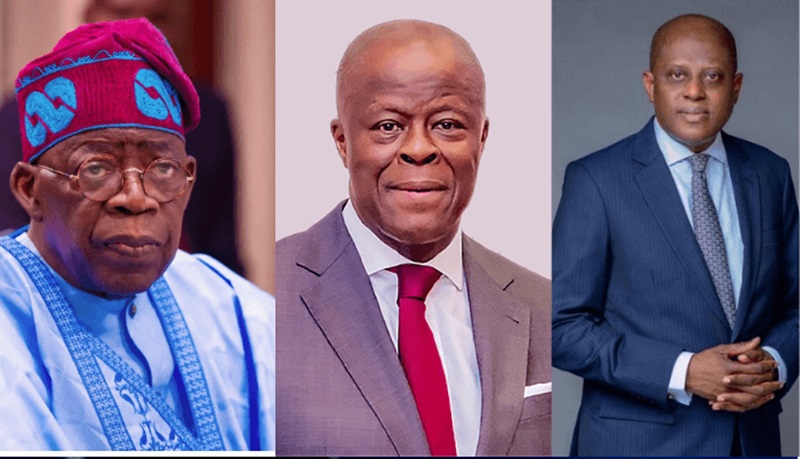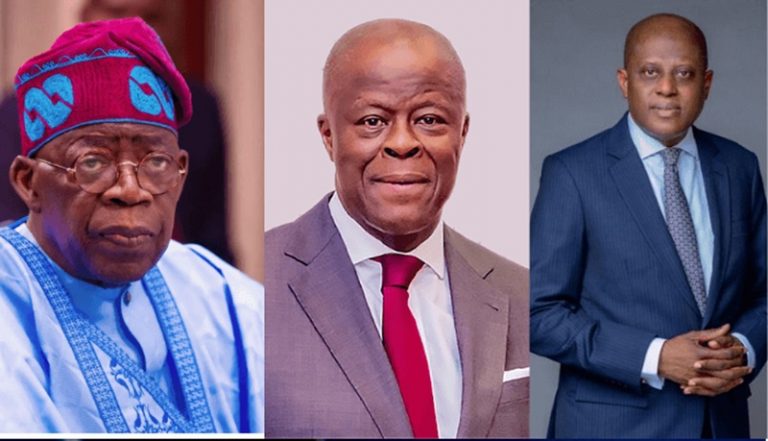Nigeria Launches Federal Treasury Receipt (FTR) to Curb Leakages and Boost Fiscal Transparency


Nigeria has launched the Federal Treasury Receipt (FTR), a major digital reform initiative designed to plug revenue leakages, strengthen accountability, and improve transparency in public finance management.
According to the Ministry of Finance, the system creates a single, standardized, and digitally verifiable proof of all payments made into federal accounts. It ensures that every government-issued receipt corresponds directly with actual funds received by the Treasury — a mechanism officials say will help close long-standing loopholes in revenue collection.
The ministry described the FTR as “a significant step toward tightening public financial controls,” adding that it is part of a broader reform agenda to strengthen fiscal discipline and ensure real-time tracking of government revenues.
Register for Tekedia Mini-MBA edition 19 (Feb 9 – May 2, 2026): big discounts for early bird.
Tekedia AI in Business Masterclass opens registrations.
Join Tekedia Capital Syndicate and co-invest in great global startups.
Register for Tekedia AI Lab: From Technical Design to Deployment.
A Unified System for Fiscal Oversight
The FTR rollout coincides with the introduction of the Central Billing System (CBS), which standardizes pricing and billing for all government services. Both systems are integrated into a larger digital architecture known as the Revenue Optimization and Assurance Platform (RevOp) — an end-to-end ecosystem that went live on August 1, 2025.
The Finance Ministry explained that RevOp provides real-time visibility into inflows from ministries, departments, and agencies (MDAs), enabling automated reconciliation and settlement between the Treasury and the various revenue-generating institutions.
In an official statement, the ministry said the combined system is built “to ensure every naira due to the Federation is captured, reconciled, and accounted for.”

Officials believe that, once fully operational, the platform will give Nigeria one of the most integrated public finance systems in Africa — a development they say will not only curb corruption but also raise the efficiency of non-oil revenue management.
Addressing Nigeria’s Chronic Revenue Gaps
If the system performs as intended, analysts say the FTR–CBS–RevOp ecosystem could reshape Nigeria’s fiscal trajectory.
Digital receipts will create clearer audit trails and help identify discrepancies between reported and actual collections. Transparent verification of payments could also encourage voluntary tax compliance, a critical factor in raising Nigeria’s low tax-to-GDP ratio, which currently averages below 10% — one of the lowest in the world.

The International Monetary Fund (IMF), in its 2025 Article IV consultation, again emphasized the need for Nigeria to expand its tax base, improve collection efficiency, and strengthen digital oversight of revenues. The IMF has long argued that without a wider and more transparent revenue net, Nigeria’s fiscal space will remain too constrained to meet development goals.
The introduction of the FTR system, therefore, aligns closely with those recommendations. By automating verification and integrating all billing under one platform, the reform targets the weak links that have historically enabled manipulation and misreporting of payments at various collection points.
Over time, reduced leakages could free up significant funds for infrastructure, education, and healthcare — areas repeatedly starved of adequate budgetary support. Stronger non-oil revenue collection, in turn, would help reduce Nigeria’s dependence on crude exports, which still account for most of its foreign exchange earnings despite years of diversification pledges.
Learning from Earlier Reforms
The Treasury Single Account (TSA), introduced in 2015, was Nigeria’s first major attempt to consolidate federal revenues into a single account under the Central Bank. While the TSA helped enhance visibility of government balances, it did not address the full revenue chain, particularly the verification of receipts and standardization of service pricing.
Subsequent tax reforms and non-oil revenue initiatives brought modest improvements, but persistent challenges — including manual leakages, weak digital integration, and poor inter-agency coordination — continued to undermine progress.
The new digital suite represents a more comprehensive approach. By combining billing, receipts, and reconciliation within a unified ecosystem, it aims to create an end-to-end fiscal data trail, enabling both transparency and accountability.
This comes amid broader fiscal restructuring efforts. In August 2025, the government directed the Revenue Mobilization, Allocation and Fiscal Commission (RMAFC) to review the revenue-sharing formula, a move that signals renewed efforts to not only enhance collections but also improve the equity of distribution among the three tiers of government.
Pilot Phase and Implementation Roadmap
The Ministry of Finance said it has already commenced a 30-day pilot phase across ten federal agencies to test the system’s compliance and operational readiness.
This pilot will assess the capacity of the existing ICT infrastructure to support real-time, nationwide data capture and reconciliation. Upon successful evaluation, the government plans to launch full-scale implementation, bringing all MDAs under the FTR framework.
The rollout also coincides with preparations for the formal takeoff of the Nigeria Revenue Service (NRS) in January 2026. The NRS is expected to consolidate revenue administration under a single authority, streamlining oversight and enforcement currently fragmented across multiple agencies.
Officials have described the two reforms — the FTR system and the creation of the NRS — as mutually reinforcing, both designed to simplify revenue collection, eliminate duplication, and create a transparent, traceable process from payment initiation to treasury confirmation.
Key Challenges Ahead
Despite its promise, experts warn that institutional resistance and technological limitations could impede the system’s effectiveness.
Many MDAs, accustomed to legacy systems and discretionary control over certain revenue streams, may resist full integration into the centralized digital network. Ensuring compliance across hundreds of agencies will therefore test the government’s political will.
There are also concerns about infrastructure readiness. The success of the FTR depends on real-time connectivity, secure data management, and interoperability between the Treasury, the Central Bank, and the MDAs’ financial systems. Any lag or inconsistency could undermine the accuracy of reconciliation and erode trust in the platform.
The Finance Ministry has, however, expressed confidence that these issues will be addressed through continuous system upgrades, stakeholder training, and phased adoption supported by the Office of the Accountant-General and the Ministry of Communications, Innovation and Digital Economy.





